Pediatric Long Qt Syndrome
Pediatric long qt syndrome. 10162018 Cullen Clark MD. The term long QT is in reference to the activity in the hearts lower chambers as measured with an electrocardiogram ee-lek-troh-CAR-dee-oh-gram EKG or ECG. Vinocur MD Director Pediatric Electrophysiology Program.
A QT interval is measured in seconds or in milliseconds. The patient has remained free of syncope since discontinuing the ketoconazole. The average age of the patients was 76 years.
This heartbeat pattern can cause your child to all of a sudden faint or have a seizure. Detecting these differences can focus your differential impact your treatment and most importantly provide you with solid footing in making a relevant consultation to. Marked prolongation of QT interval in a 15-year-old male with long QT syndrome.
It can be present at birth but it may not be found until later in life. Their diagnosis was made by electrocardiogram ECG. We called these areas to focus on nursing interventions A nursing intervention is a response to a nursing diagnosis.
1 Children with LQTS have more serious risk factors than adults. Long QT syndrome LQTS is a problem with the hearts electrical rhythm that can cause fast irregular heartbeats arrhythmias. There is a large difference between.
Pediatric Long QT Syndrome. Long QT syndrome LQTS is a group of disorders that have a prolonged QT interval and a polymorphic ventricular tachycardia. The prolonged QT interval affects how electrical impulses travel through the heart.
As they point out their case is not likely to be unique as swimming and diving are often reported in histories of children with LQTS and is provocative of arrhythmias if used in screening. The average follow-up was 4 years and three months.
Pediatric Long QT Syndrome.
The prolonged QT interval affects how electrical impulses travel through the heart. Ackerman and Porter 1 report an interesting and important case of near-drowning in a child with long QT syndrome LQTS. Pediatric Long QT Syndrome. Torsade de pointes twisting of the points is a particular type of polymorphic ventricular tachycardia that can be associated with LQTS. The pediatric ECG has numerous subtle and not-so-subtle differences when compared to the average adult ECG. Abnormal morphology of repolarization can. Long QT syndrome LQTS is a genetic channelopathy with prolonged ventricular repolarization of the myocardial cells associated with severe cardiac events such as syncope aborted cardiac arrest and sudden cardiac death. It can be present at birth but it may not be found until later in life. 6 The mean QTc of these children with borderline long-QT intervals 400QTc.
Children with long QT syndrome LQTS live with the risk of sudden death activity restrictions and the need for daily medications. Detecting these differences can focus your differential impact your treatment and most importantly provide you with solid footing in making a relevant consultation to. Long QT syndrome LQTS is a condition that affects the flow of ions into and out of the cells in the heart. The prolonged QT interval affects how electrical impulses travel through the heart. As noted in a consensus report patients with syncope or cardiac arrest before the age of 7 years or. This heartbeat pattern can cause your child to all of a sudden faint or have a seizure. This week we will focus on nursing interventions for pediatric patients with Long QT Syndrome LQTS.
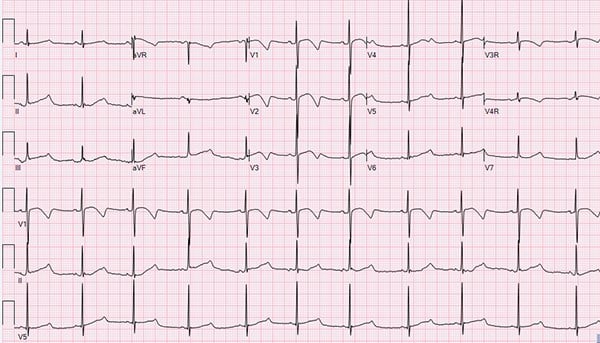



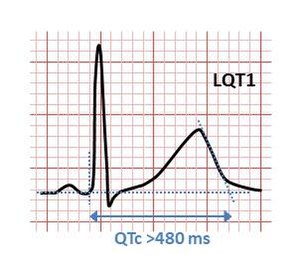
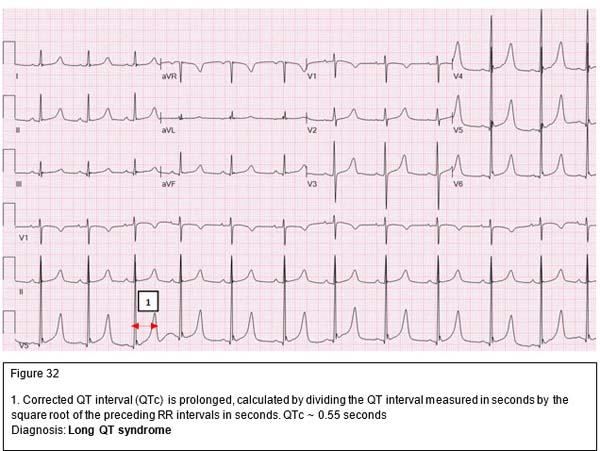

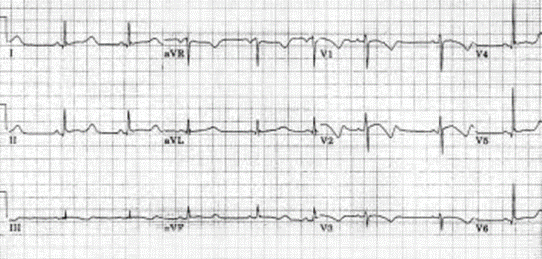
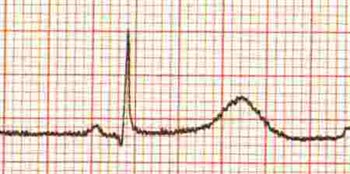



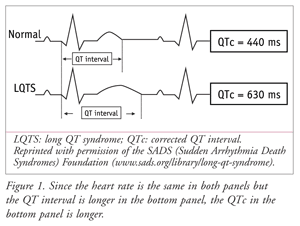

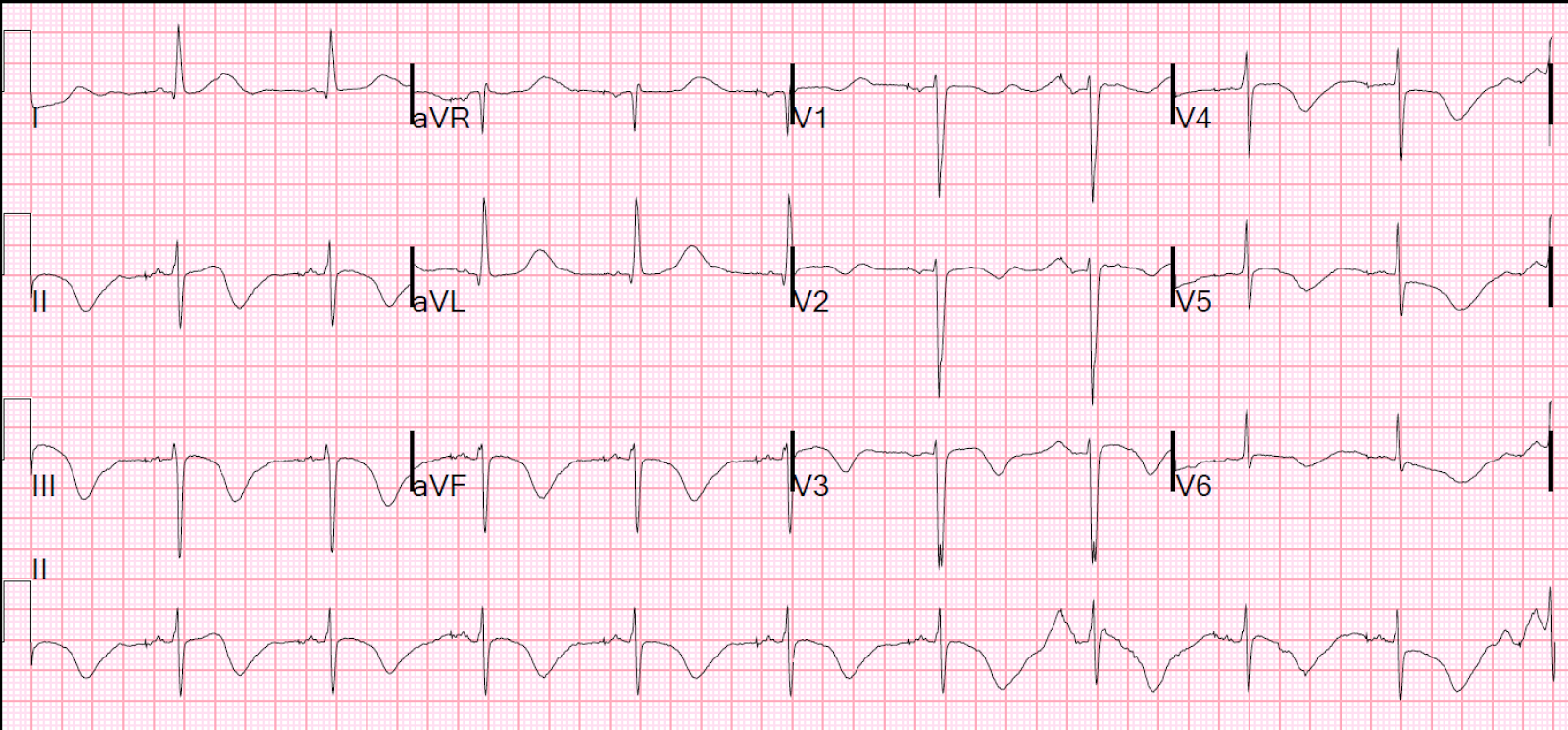







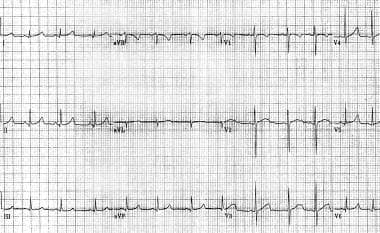


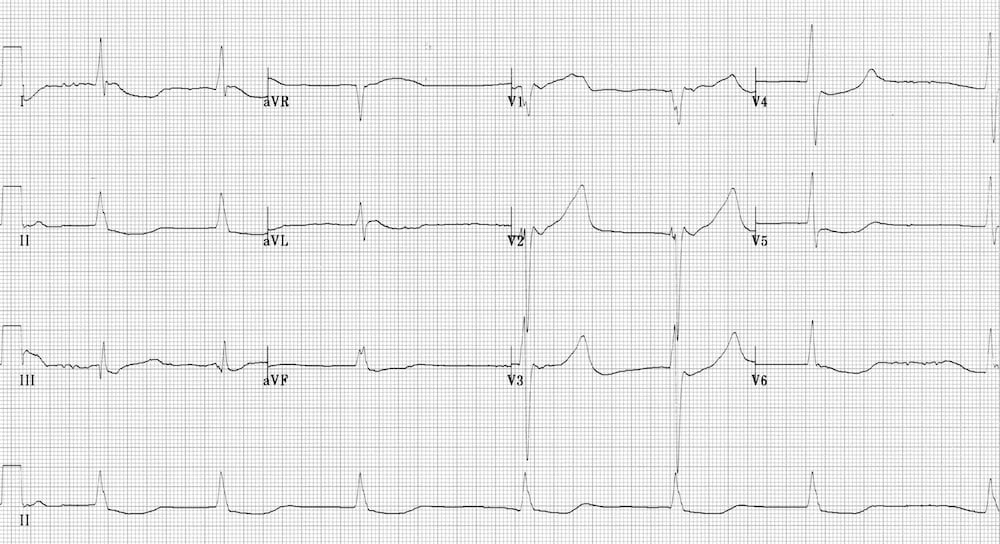




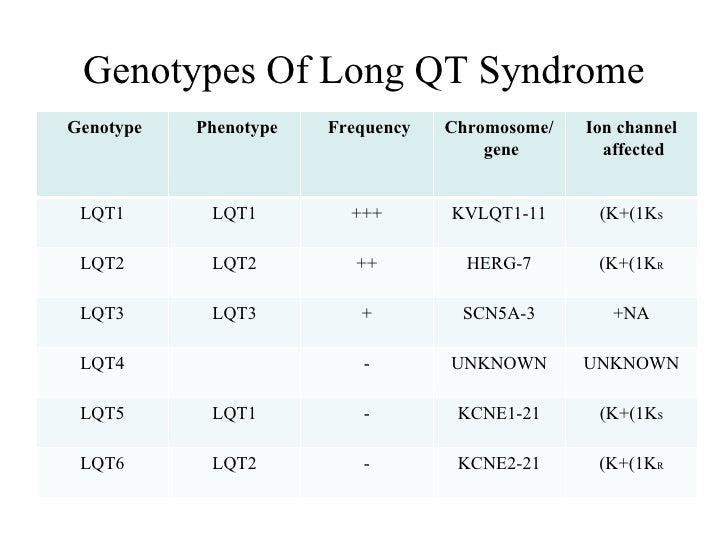
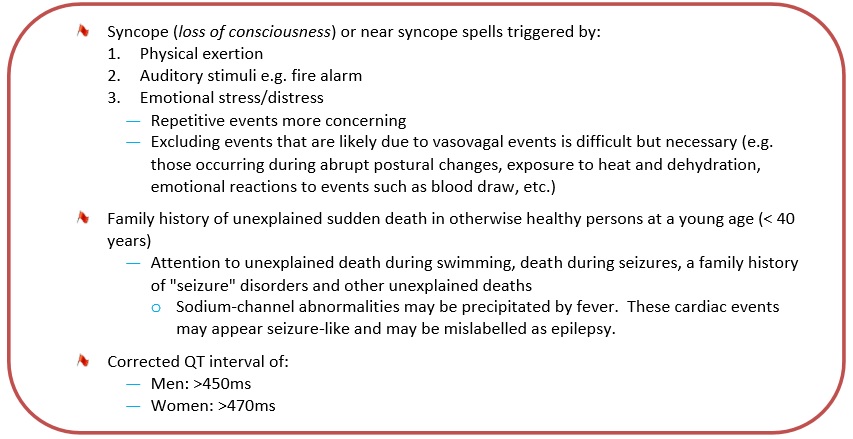

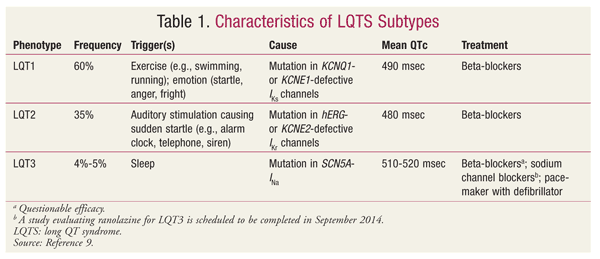

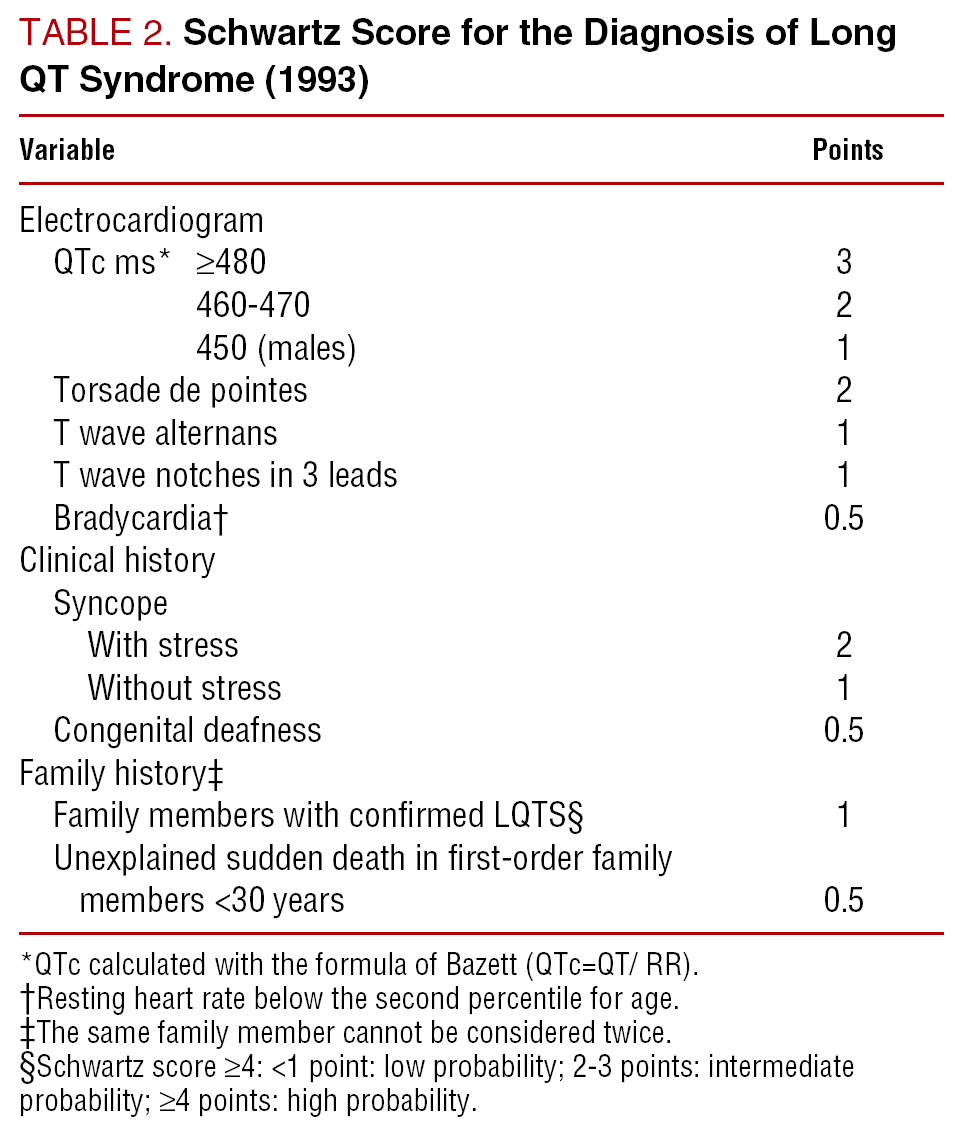
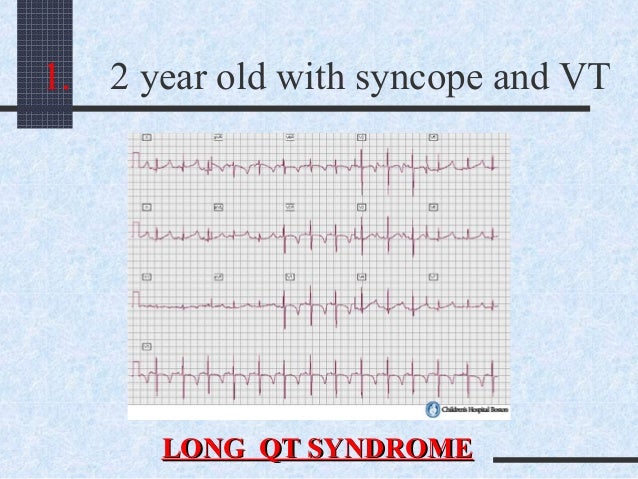









Post a Comment for "Pediatric Long Qt Syndrome"